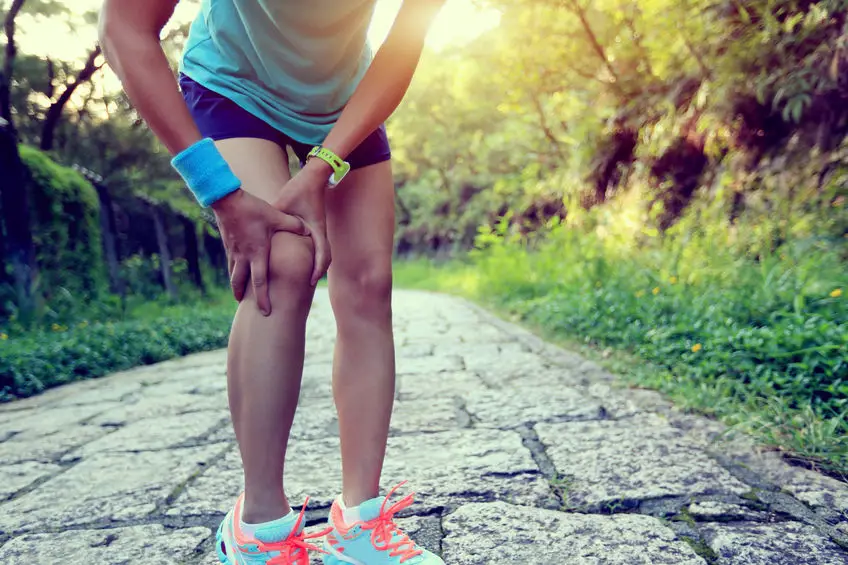
Iliotibial Band Syndrome
Many of you probably have not heard of Iiotibial band syndrome (ITB), but most are likely to have experienced it. If you experience pain at the out side of your knee, hip, or have low back pain, your ITB is likely contributing to these problems.
What is it?
The Iliotibial band itself is located at the side if each leg and runs from the hip and attaches to the outside of the knee. The function of the ITB is to stabilize the knee when it is in a straightened position in order to prevent sheering of the joint. ITB Syndrome occurs when there is a tightening/shortening of this band, which leads to pain at the outside of the knee, hip, and low back (sacroiliac joint). Common Causes of this painful disorder included occupational stresses such as carrying heavy objects continuously on the same side, dominating the use of one leg over the other, poor posture, direct trauma, and prolonged bouts of running, cycling, sitting, or extended bed rest. As well, you must be aware of contributing factors such as an increase in weight, plantar fasciitis, leg length discrepancy, and scoliosis.
What can you do about it?
In most cases, body awareness, and preventative therapy (massage) can work beautifully to resolve potential abnormality before it gets the point where you have a difficult time walking, running, or standing for prolonged periods with out pain. Massage therapy works great for ITB syndrome, but I will warn you the treatment itself is not always a pleasant one. It requires deep stripping to the band itself (in order to break up adhered tissue), as well working the surrounding musculature (to eliminate spasm, and trigger points), followed by a stretch, (to re-align the tissue fibers) and ice (to prevent inflammation). As a result of approximately 3-6 treatments you can expect an obvious difference in the level of pain, and body mechanics. At home it is important to apply deep moist heat to the affected areas (in order to increase circulation), stretch your hamstrings, quadriceps, and gluteal muscles, epsom salts bath, self massage to the hip, and even lying on your side with a tennis ball beneath your leg will help. Lastly, rest! The problem will not resolve itself if you keep aggravating it. Keep in mind if you have permanent structural issues, ITB syndrome will not be resolved, but you can maintain it at levels that are functional. Although this treatment is intense, it is outweighed by the relief of pain in the long run.
